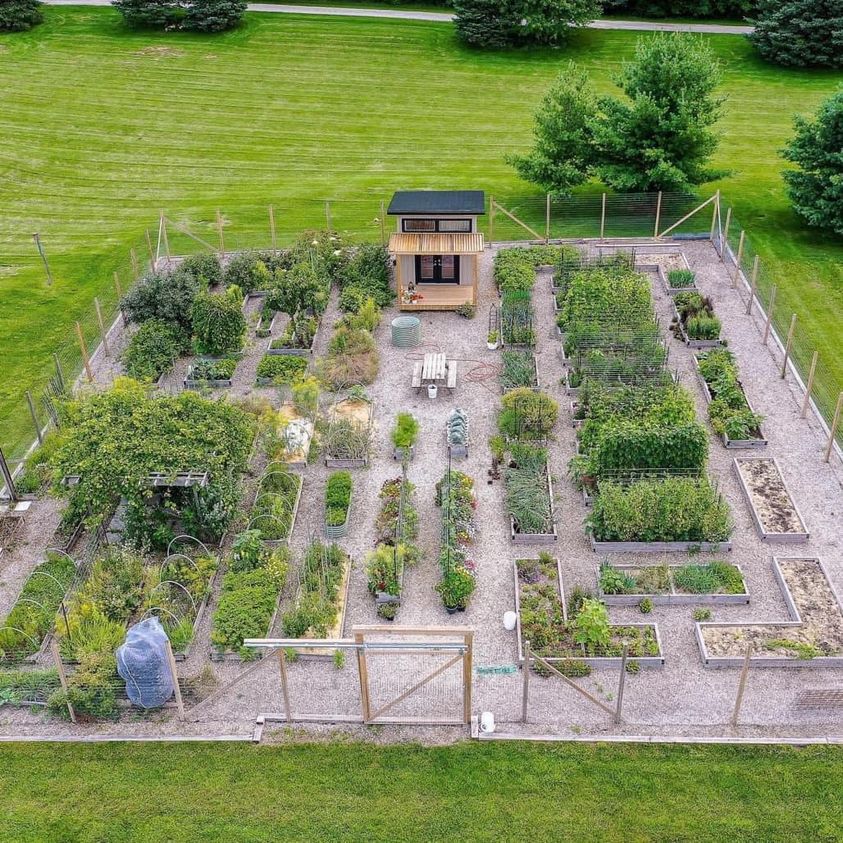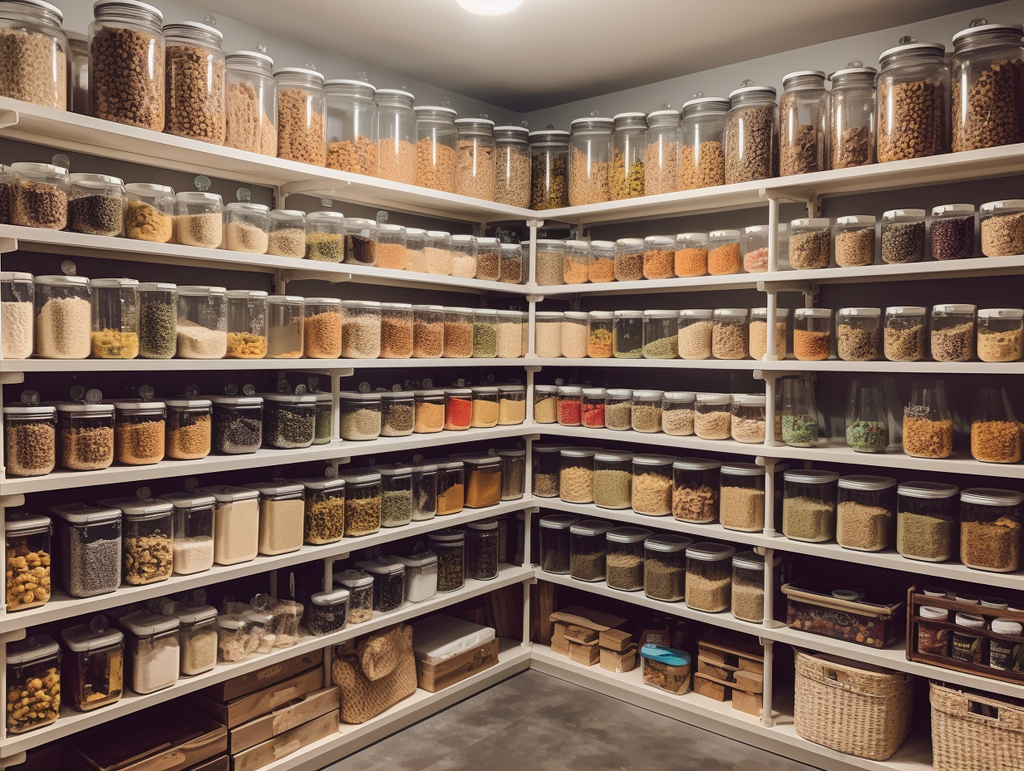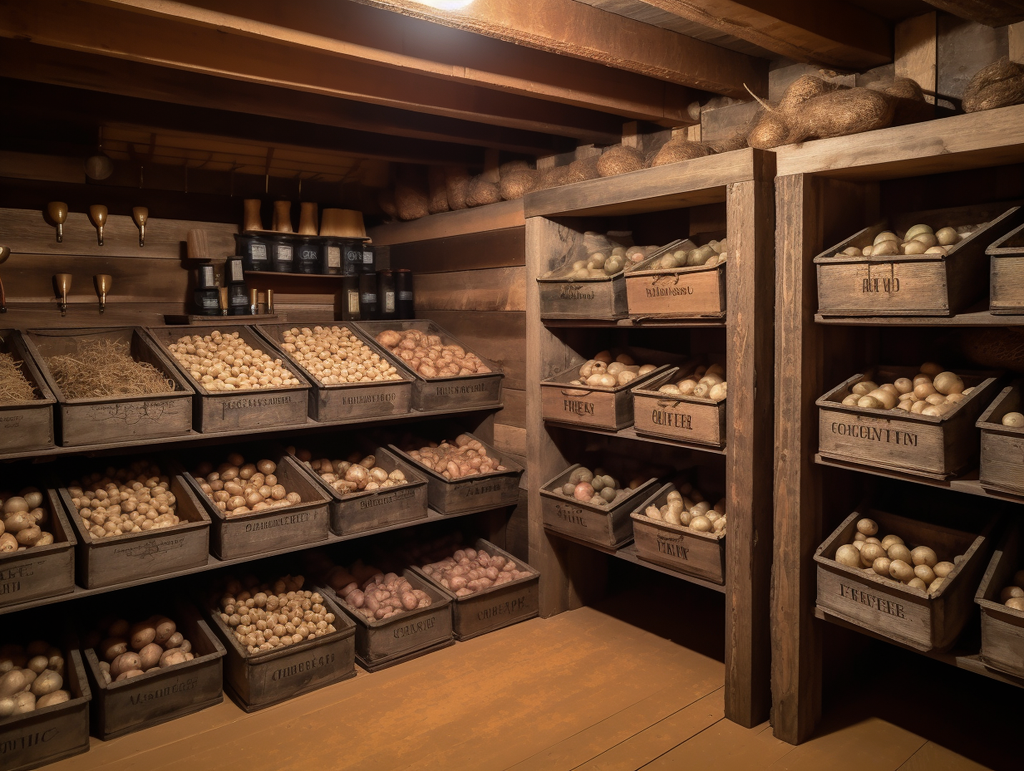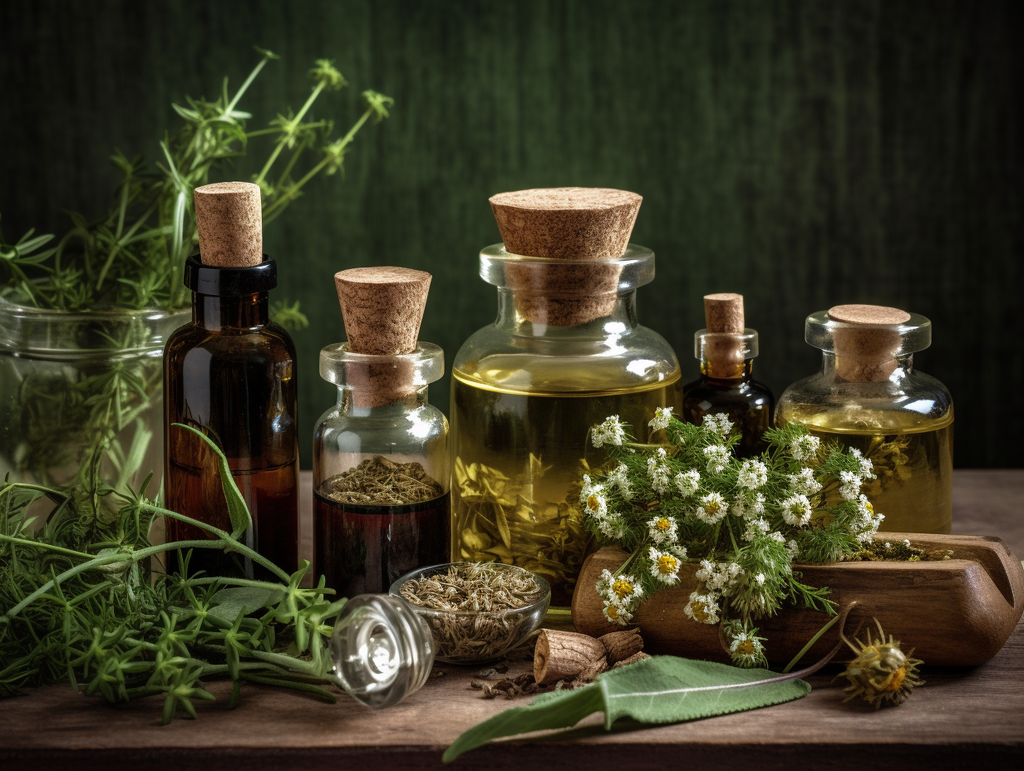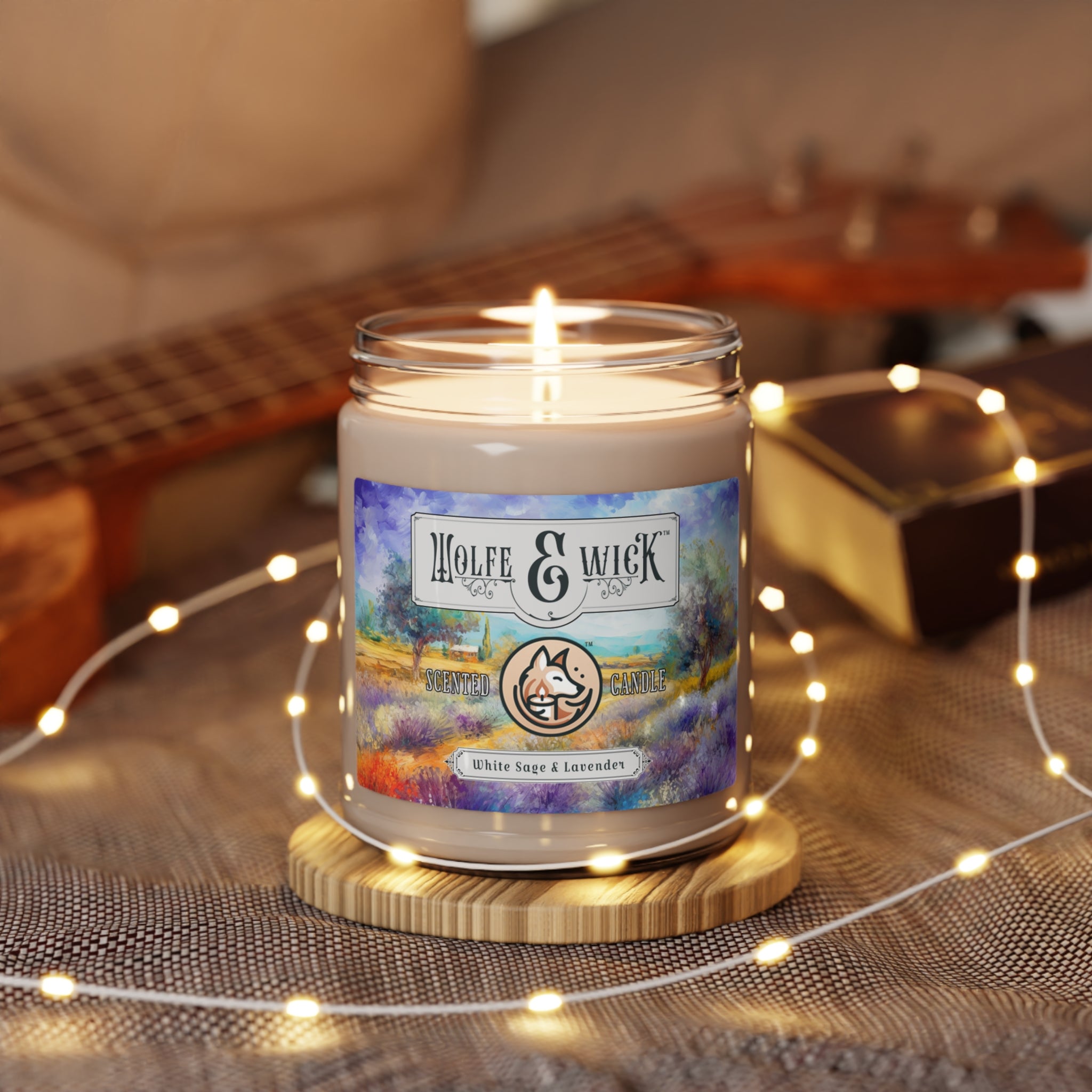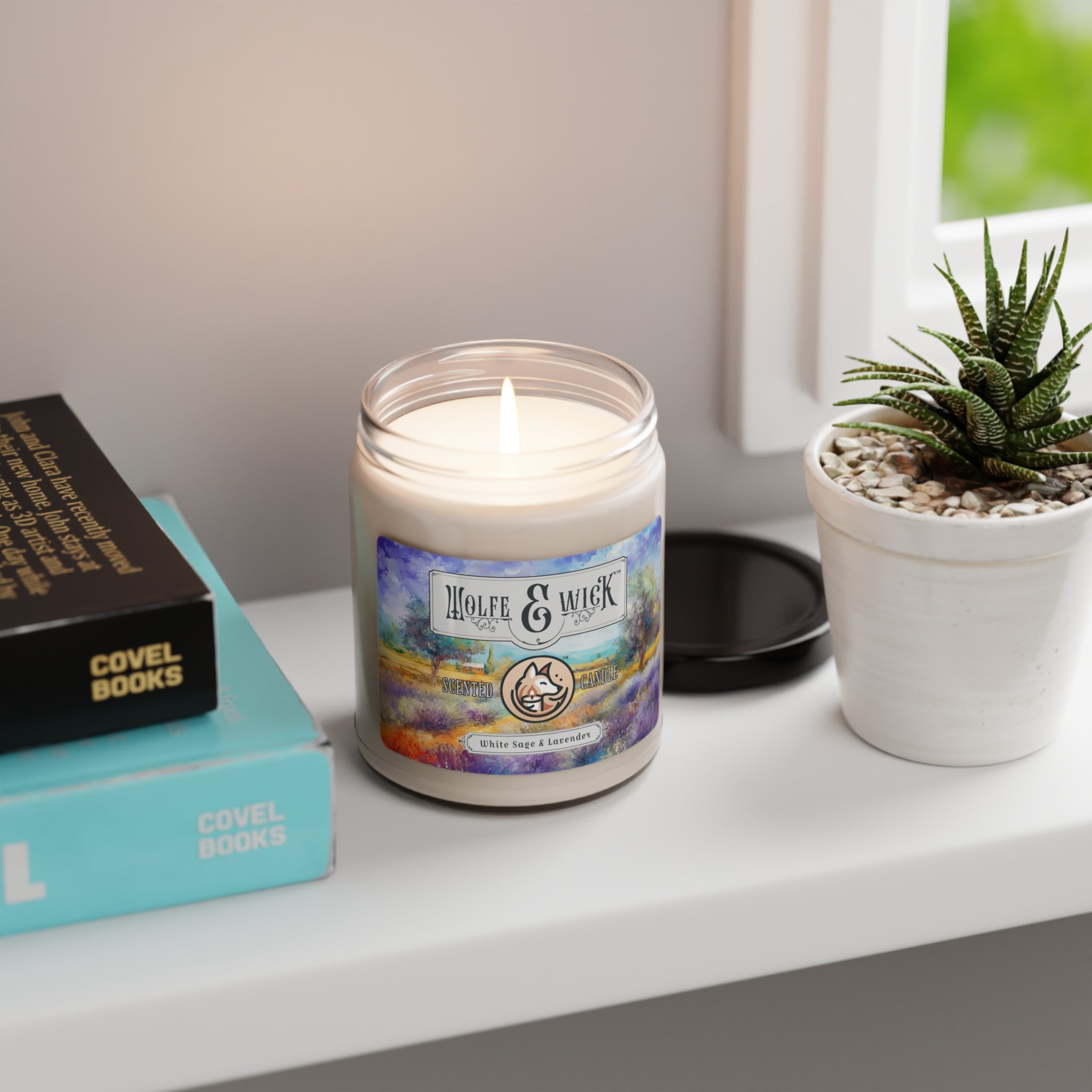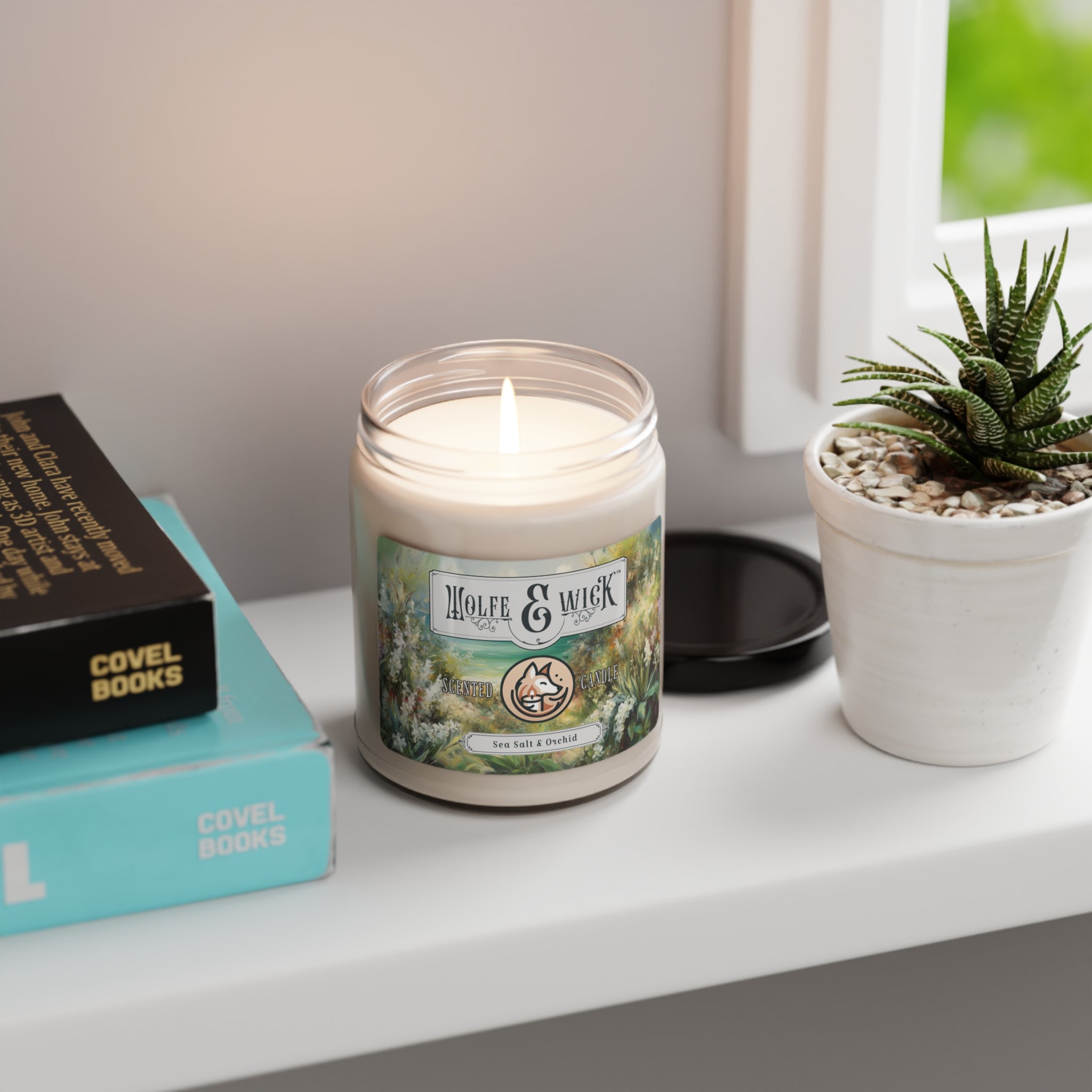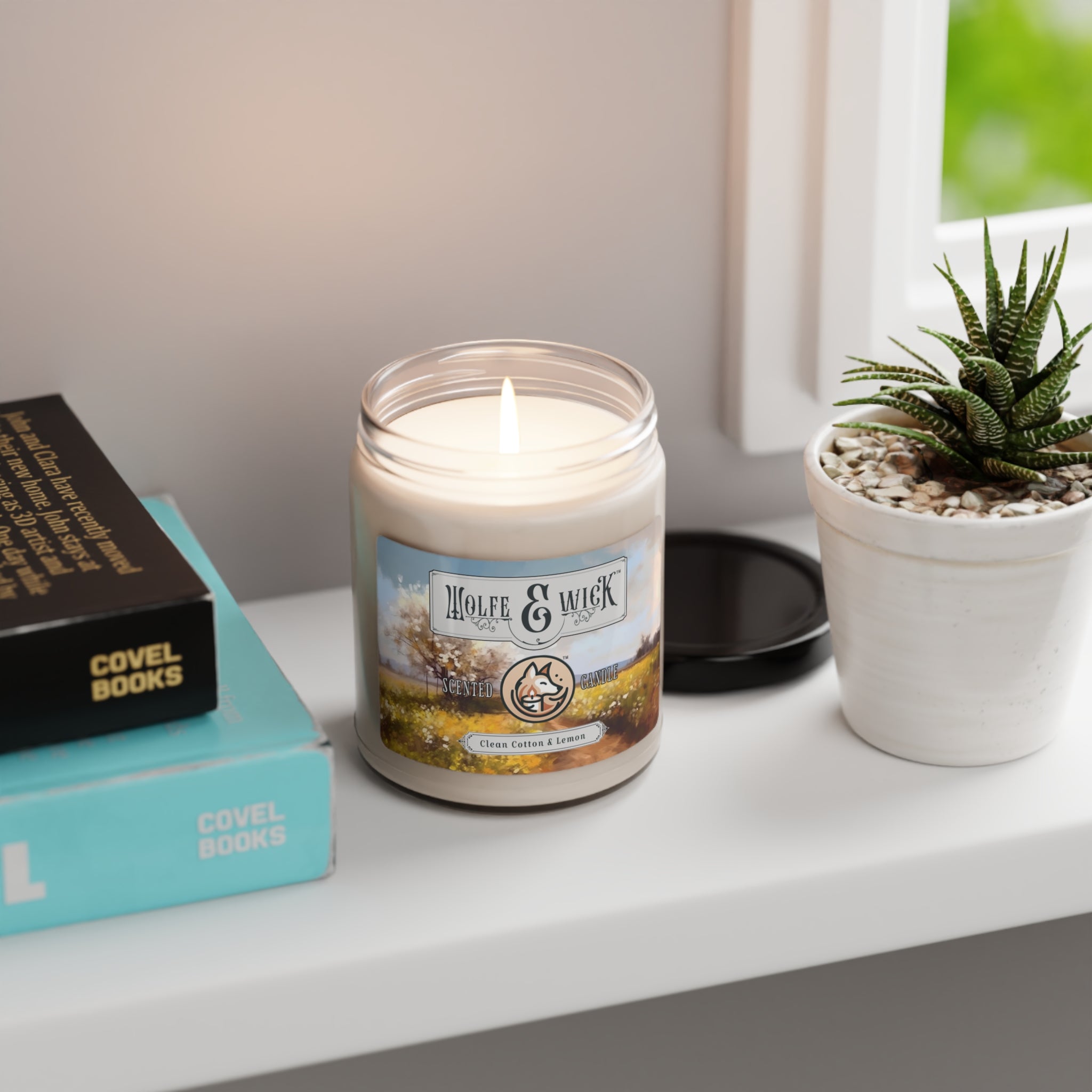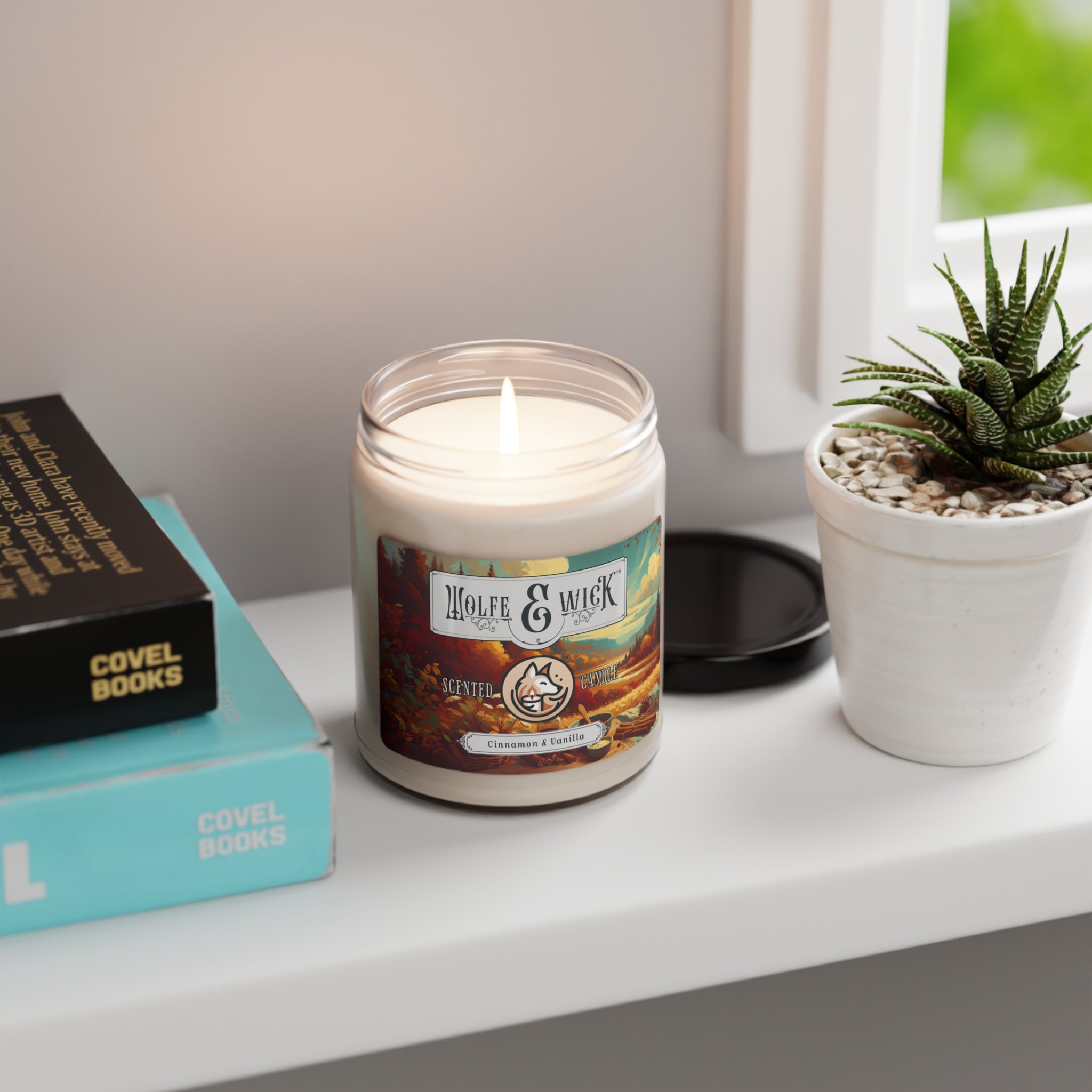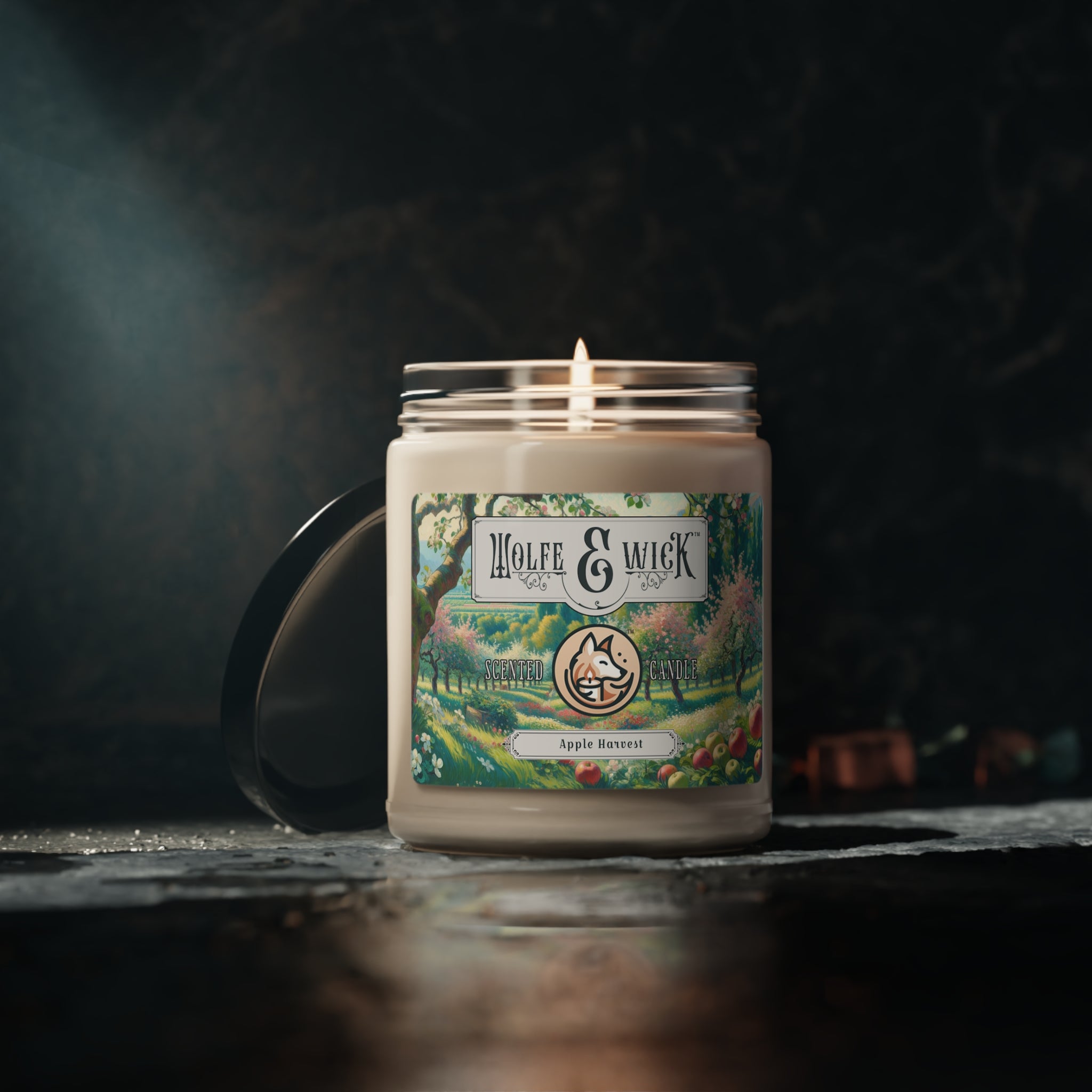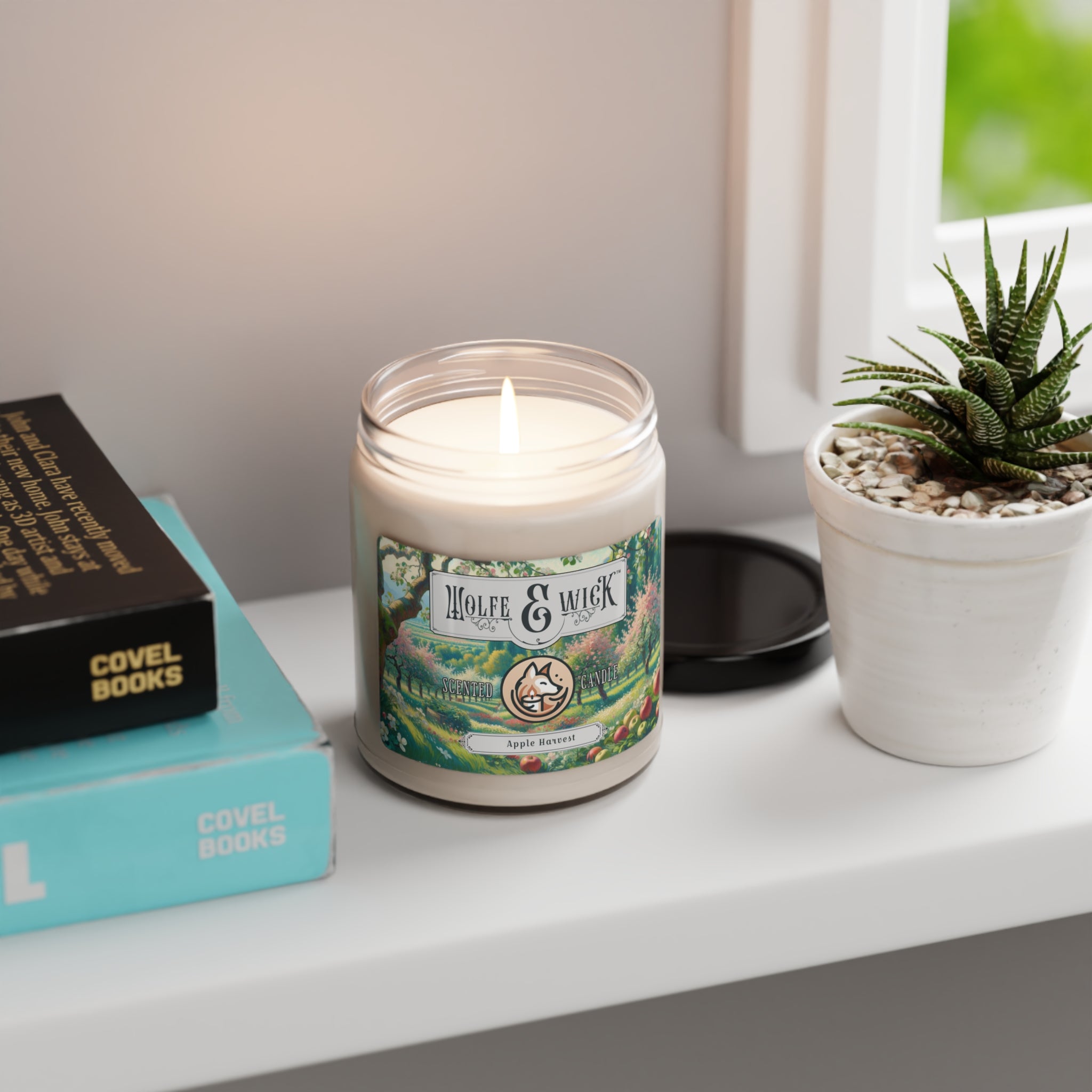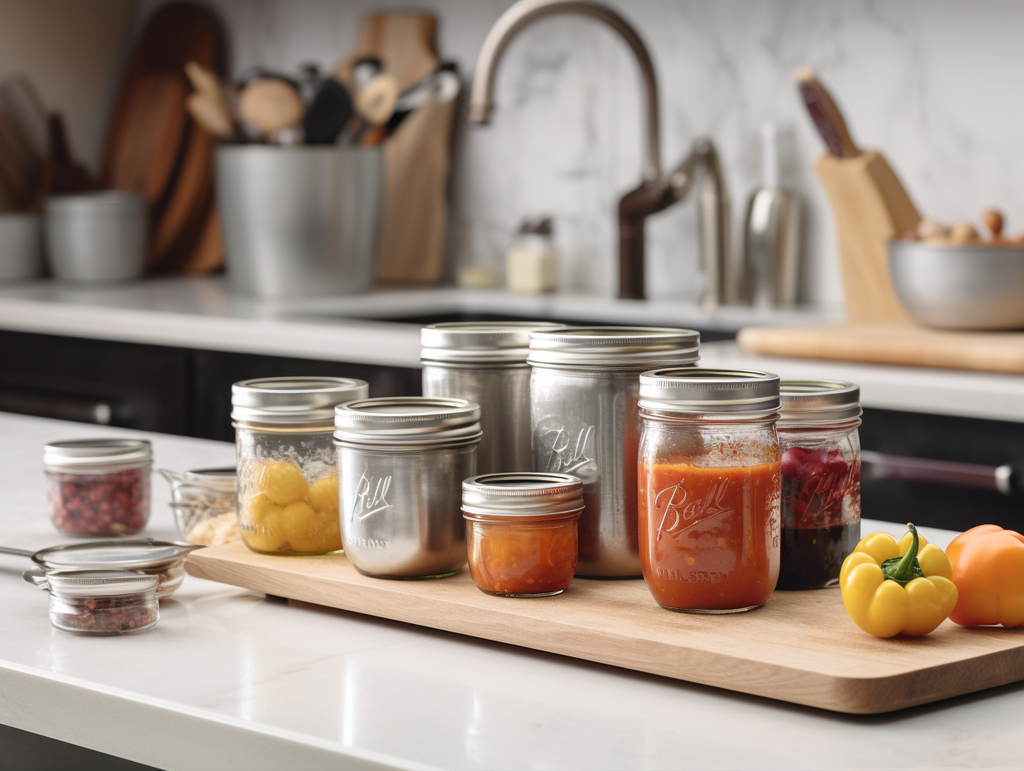
The Basics of Home Canning: Preserving Your Harvest for Long-Term Storage

Home canning is a practical and cost-effective way to preserve your garden's bounty for long-term storage. By learning the basics of canning, you can enjoy your homegrown fruits and vegetables year-round and reduce food waste. In this article, we'll explore different canning methods, the necessary equipment, and safety guidelines to help you get started.
Canning Methods
There are two primary canning methods: water bath canning and pressure canning. The method you choose will depend on the type of food you're preserving:
-
Water Bath Canning: Suitable for high-acid foods such as fruits, jams, jellies, pickles, and tomato products. This method involves submerging filled jars in boiling water, which kills bacteria and creates a vacuum seal.
-
Pressure Canning: Required for low-acid foods such as vegetables, meats, and poultry. Pressure canning uses a specialized canner to heat the jars at a higher temperature, ensuring the destruction of any harmful bacteria.
Equipment
To begin home canning, you'll need the following equipment:
- Canning jars: Glass jars with two-piece, self-sealing lids specifically designed for canning.
- Jar lifter: A tool to help you safely lift hot jars in and out of boiling water or pressure canners.
- Funnel: A wide-mouth funnel to easily fill jars without spilling.
- Bubble remover: A tool to release trapped air bubbles in the jars before sealing.
- Water bath canner or pressure canner: Choose a canner based on the type of food you'll be preserving.
Safety Guidelines
When canning at home, it's essential to follow safety guidelines to prevent foodborne illness:
- Always use tested recipes from reliable sources, as they provide accurate processing times and methods.
- Clean and sanitize all equipment before use.
- Fill jars according to the recipe's instructions, leaving the appropriate headspace to ensure proper sealing.
- Adjust processing times for your altitude, as boiling temperatures can vary depending on elevation.
- Store canned goods in a cool, dark place and check for signs of spoilage before consuming.
Home canning is a valuable skill that allows you to enjoy your harvest throughout the year and reduce food waste. By understanding the basics of water bath and pressure canning, investing in the necessary equipment, and following safety guidelines, you can successfully preserve your garden's bounty. Embrace the tradition of home canning and enjoy the fruits of your labor all year long.
Keywords: home canning, preserving, long-term storage, water bath canning, pressure canning, canning equipment, safety guidelines, sustainable living, food preservation

